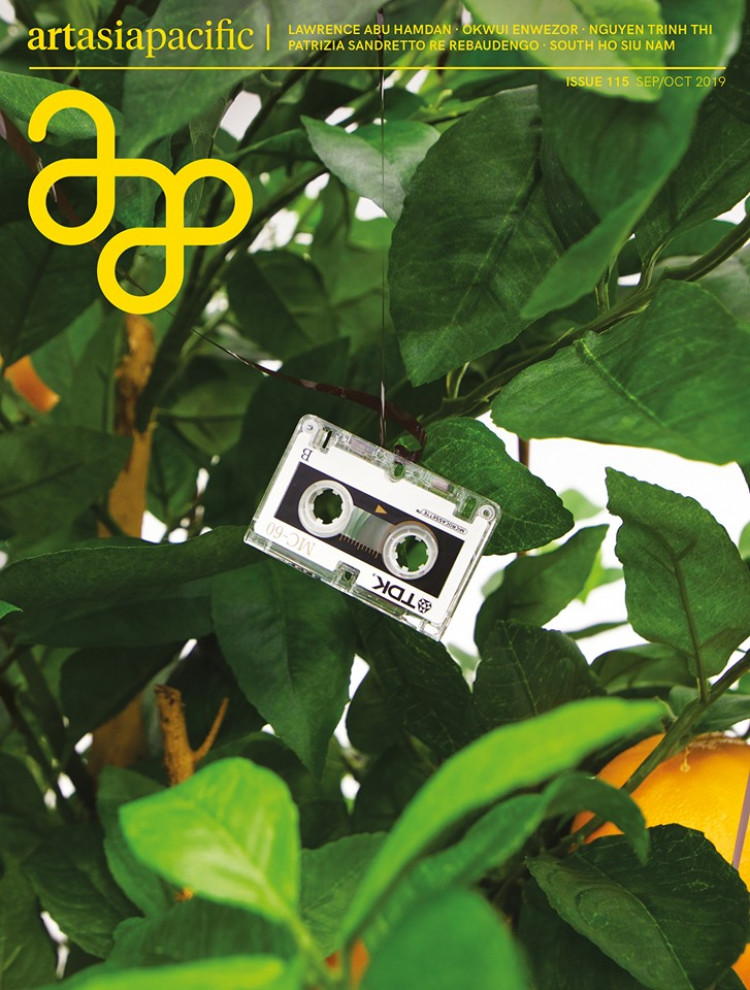Article - On Board With Good Business
Published on 3rd September, 2019 by Ryan Su

Recent revelations that board members of major international arts organizations own companies that are allegedly involved in the pharmaceutical opioid crisis, produce spying software or chemical weapons—while shocking—should not come as a surprise. In today’s economy, arts funding is hard to come by, and museums are hard-pressed to raise critical financing for their programs. While it would be foolish for such institutions to decline gifts from wealthy donors, these problems could perhaps have been avoided if museums had concentrated less on snagging low-hanging fruit and conducted proper due diligence of their benefactors.
Board members are often recruited for their previous or potential financial contributions, or their contributions in kind, which include personal attributes, commitment to the organization’s cause, a specialized skill set, and their personal networks. Generally, board members are expected to act in the best interest of the charity and be actively involved in the management and decision-making process.
There is a maxim stating that nothing gained by illicit means can ever be made good. In the wake of scandals around patrons’ financial involvements or personal holdings, the question becomes whether in the wake of revelations their namesake galleries, wings of museums, and even entire buildings should be renamed, considering that they were conceived with money that was in itself contraband. While the strict legal position would depend on what is stated on the trust deed or the terms of the gift, public sentiment is often concentrated on removing the offending name in any case, even if this puts the receiving institution at legal risk as doing so would breach the terms of the gift—such as in the case of Arthur M. Sackler’s 1982 gift of USD 50 million worth of Asian art to the Smithsonian Institution in Washington DC along with USD 4 million for a building after which he was named.
There is no straightforward answer to navigating the porous interface that separates illicit activity from critical funding and support. However, the Woolf Report may be instructive here. It is the product of Lord Harry Woolf’s 2011 inquiry into the London School of Economic’s ties to the Muammar Gaddafi’s regime in Libya, from which the school received funding. The report concluded that “there were shortcomings in the governance structure and management” of the university and stated:
“Before a global company embarks upon a relationship with a foreign partner, a due diligence assessment should be conducted. No similar exercise took place [at the university]. The links were allowed to grow, unchecked and to a degree unnoticed, until their effect was overwhelming.”
Nevertheless, the question still persists—what is this “due diligence assessment” and how might it apply to board members?
For members of boards or committees with lesser responsibilities or risk—for example, a small acquisition group—it follows that due diligence is lenient and largely self-regulating. The institution usually only asks for a prospective member’s business details and the companies he or she is affiliated to. Roles requiring larger responsibilities and fiscal management would of course be subject to stricter inquiry. Nevertheless, the simplest form of financial planning can make someone a shadow director or a company’s alter ego. Moreover, sophisticated individuals can easily outwit such due-diligence safeguards, as their lives and businesses may already have been programmed to be tax efficient and for them to remain under the radar.
In many countries, the law is more concerned with protecting charities from being plundered by rogue trustees than ensuring that these charities and arts organizations have boards comprising individuals with the highest moral standards. In Singapore, where the legal system is very similar to that of the United Kingdom, the Charities Act prohibits individuals who have been convicted of dishonesty, terrorism, money laundering, or are undischarged bankrupts, from serving on the board.
As such, it seems that the gold standard for the selection of board members does not lie with the law, which requires so little, but with the institution. While profiteering from the opiate crisis may only have at best tenuous links to the art world, the cases of companies that produce software that serves to curtail the freedom of speech or that profit from the detention of immigrants hit closer to home. While any serious arts institution would distance itself from such activities, it bears repeating that these are perfectly legitimate businesses under the law. Though perfectly legal, unsavory business activities create challenges in selecting board members, and causes unhappiness on both sides when a board members’ suitability and capacity is called into question.
If there were a clear solution, organizations that have expended immense resources to repair their bruised reputations would have already arrived at it. Moreover, the increasing scrutiny from the press on board members and what the former CEO of the Serpentine Galleries Yana Peel called “toxic personal attacks” against her can have a chilling effect on bona fide patrons and erode private support.
Perhaps the way forward is for an organization’s choice of board members to depend primarily on affinity and fit, with financial interests and the prospect of future donations not dominating this process. It would not be naive to believe that if an organization’s values are truly aligned with that of its board members, both parties would be on the same page as to what good business is.
Note: This is the author's manuscript for the article "On Board with Good Business" first published in the Sep/Oct 2019 issue of ArtAsiaPacific.
